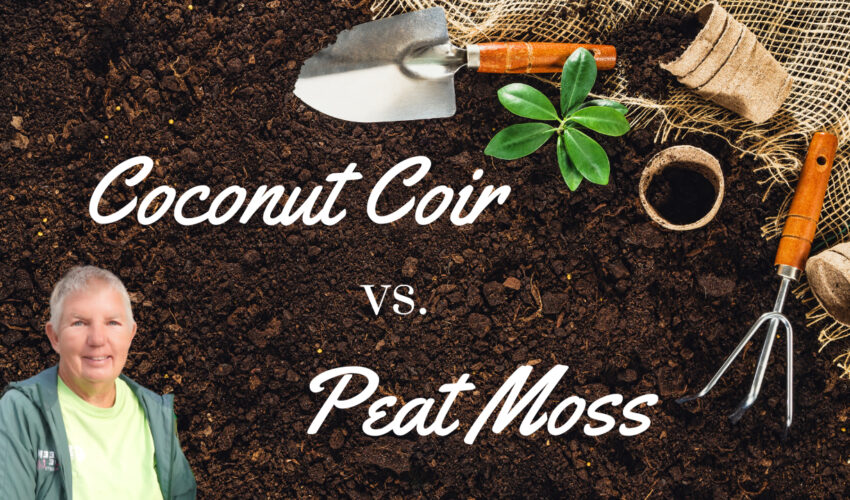
Coconut Coir vs. Peat Moss
Many customers ask us about the difference between coconut coir and peat moss. There are several key differences and different applications for coconut coir and peat moss. Continue reading to learn the differences between Coconut Coir vs. Peat Moss.
Coconut Coir
Coconut coir or coco coir is made from ground-up coconut shells. While it takes some energy to grind these shells to the fine powder used to plant, the process tends to be more ecologically efficient, as it is also a renewable product.
Coco coir dries out faster than peat moss or other dense soils, so its application differs significantly. This medium is best used for hoya plants, sansevieria, peperomia, and ZZ plants. All these plants hold water in their leaves or stems, so they need soil that drains quickly.
Coconut coir also resists compaction, so the water can quickly drain. Since it is considered a loose soil, it can be mixed with vermiculite or perlite to give the soil more rigidity.
Peat Moss
While peat moss is an excellent soil, it is not a renewable product. Peat moss comes from peat bogs and can take up to 10 years for 1 centimeter to grow! This is the one downside to using peat moss. It is considered a nonsustainable product.
Peat moss is a more dense soil than coconut coir. It also holds more water. Pothos, ferns, and venus fly traps are all examples of plants that thrive when planted in peat moss.
